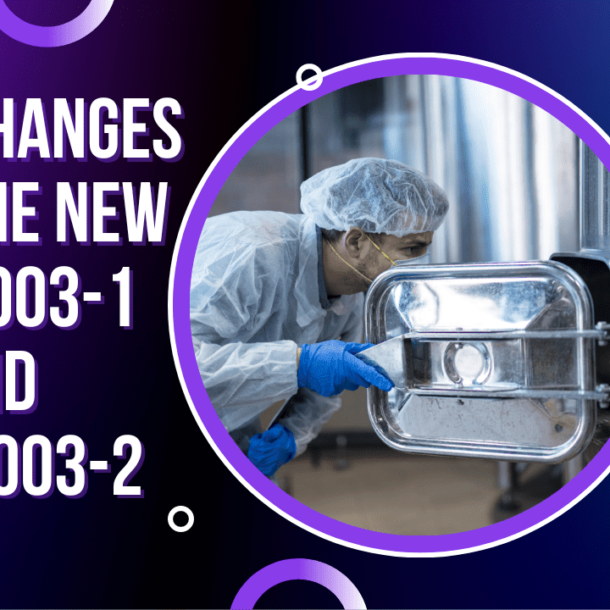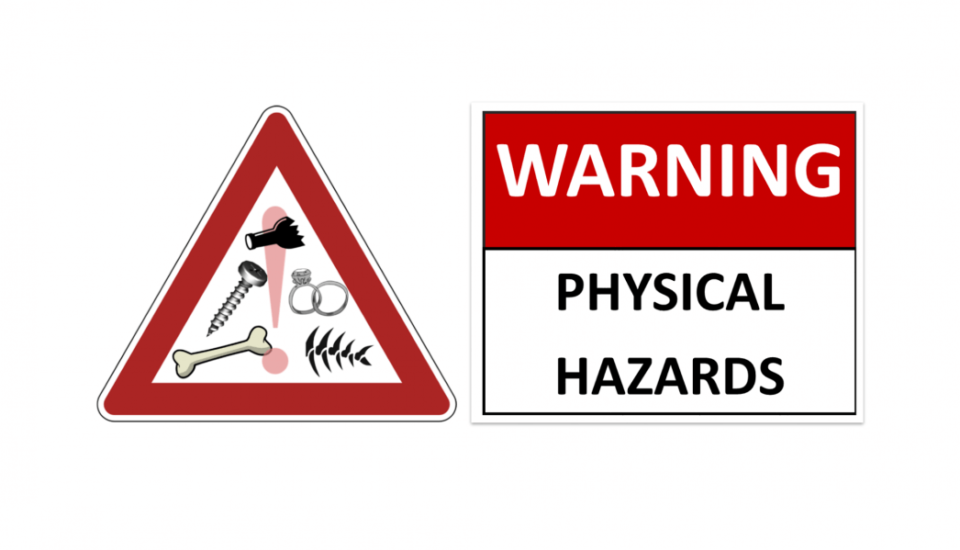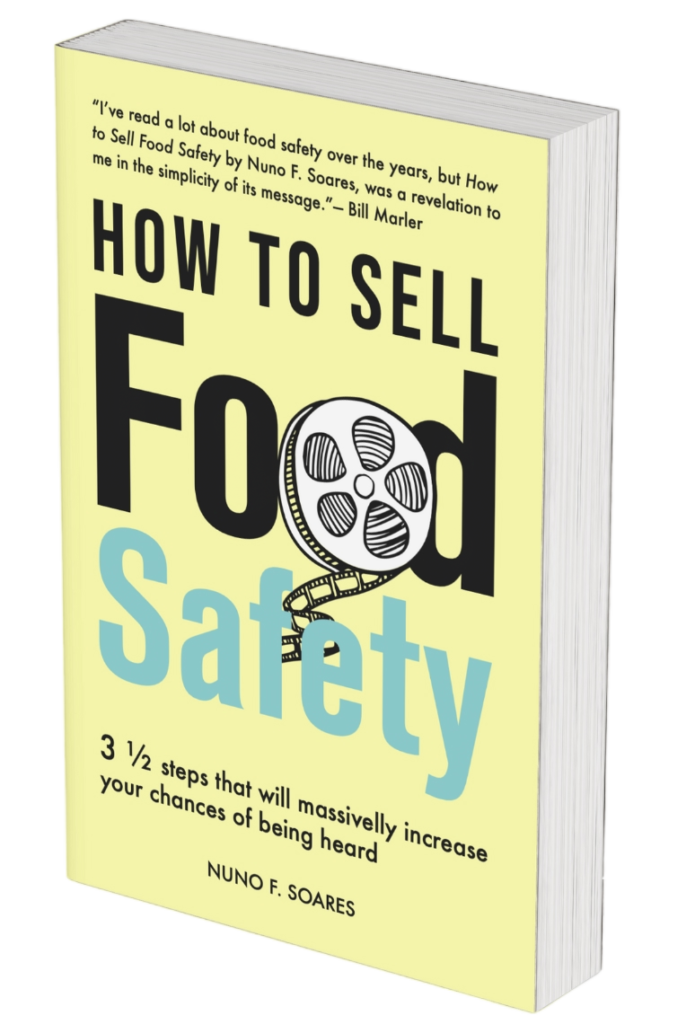
Monitoring systems and optimizing the use of energy and water to maintain food safety systems are also huge considerations for food safety professionals, and collaborations with sustainability and facility management teams should be considered to optimize these results











